Tourist Places in Mount Abu
Tourist Places in Mount Abu A summer retreat in the Aravallis with a large lake and several temples, it also doubles as a pilgrimage centre with its 11th-13th century Dilwara Jain temples known for the quality of their sculpturing.
Mount Abu at a height of 1,200 metres above sea level is Rajasthan's only hill station. The 22 km long hill station has among its principal attractions a cool climate, the famous Dilwara group of temples, some old palaces like the Bikaner Palace and the Nakki Lake.
HISTORY
It is also one of the major pilgrimage sites of India for both Hindu as well as Jain religions. Besides the temples and sites of historical importance, Mt.Abu is also rich in natural scenic beauties. Mount Abu was once a part of the Chauhan kingdom. It was later leased to the British by the then Maharaja of Sirohi for use as the headquarters of the resident to Rajputana (another name for Rajasthan). During the British rule in India, it was the favourite summer destination of the British who came here to escape the dusty, dry heat of the plains. Mount Abu was also the home of many saints and sages in ancient times. Legend has it that all the three hundred and thirty million gods and goddesses of the Hindu pantheon used to visit this holy mountain. This place is held in reverence by Jains since Lord Mahavira, the 24th Jain Tirthankara (spiritual leader), visited Mt.Abu and blessed the city.
Today Mount Abu is a relaxing town good enough to wander around the lake, bazaars and nature trails. It also has the headquarters of the Prajapita BrahmaKumari Spiritual University. There are several viewpoints to appreciate the nature, the most important being the Sunset point. The 290 square kilometers Mount Abu Wildlife Sanctuary is nearby which has bears and panthers as prominent animals. The Sanctuary also encompasses Guru Shikhar, the highest peak of the Aravali ranges. The Achalgarh fort and Adhar Devi temple are other attractions worth seeing.
Dilwara Temples
At a very short distance of 5 km lie these wonderfully carved Jain temples dating back to the 11th and 13th centuries A.D. Rated as among the finest of Indian temples, it is recommended that any visitor to Rajasthan include them on his itinerary. The marble architecture here is comparable with the best.
Nakki Lake
In the heart of the town, at one end of the Mall, is the serene Nakki Lake, which has an interesting history. It is believed that the gods formed the lakebed by digging it with their fingernails (nakh); hence the name, Nakki Lake. Picturesquely set, with the hills rising all around it, the lake has several islets to which you can hire boats. An interesting facet of the lake are the many rock formations around it. They have been named Toad Rock, Nun Rock, Nandi Rock and Camel Rock because of their resemblance to these figures. Nun Rock is a large smooth rock as it supposedly looks a woman with a veil. The climb up to these rocks, through the wooded forests is a beautiful one, with each of the rocks on the way making unique formations, fissures and shapes.
Vimala - Vasahi Temple
This is the oldest temple in the complex, built in 1030 A.D. by Vimala Shah, a minister in the Government of Gujarat, to atone for his earthly sins. He dedicated it to Adinath, the first of the Jain tirthankaras, and the central shrine has an image of Adinath. The massive work involved in the temple took fourteen years to complete. The temple has been designed in an austere fashion on the outside but the ornateness strikes you immediately as you enter through the gateway.
Neminath Temple
This was built in 1230 A.D. by two brothers, Vastupal and Tejpal, who dedicated it to Neminath, the 22nd tirthankara. It is told that gold and silver, equivalent in weight to that of the marble was given to the workers who worked on or sculpted the temple. Built in the Solanki style of architecture, the temple has a wonderful lotus flower piece hanging from the central dome in the porch. Shaped like a collection of half-open lotuses it is so exquisitely carved it has a translucent quality.
Gaumukh Temple
Located about 2 Kms from Mount Abu, this is the site of the ancient agnikunda , where legend has it that sage Vashistha performed the great fire sacrifice. The temple contains an image of Vasistha along with images of Lord Rama and Lord Krishna, both of whom are considered to be incarnations of Vishnu, the Preserver of the Hindu trinity. The name Gomukh literally means cow's mouth, referring to a spring here which flows through the mouth of a marble cow. The spring water is believed to have sacred, purifying properties.
How To Reach
By Rail : The nearest railway station is Abu Road, 27 km away, on the Delhi-Ahmedabad rail route.
By Road : The bus-stand is adjacent to it, and buses are available from here, as well as from Mt Abu to all major towns in Rajasthan.
Monut Abu Monuments
Mount Abu in Rajasthan is a prime tourist destination that is known for its natural beauty. Like its scenic beauty, the hill station also deeply fascinates with its man made monuments. Achalgarh Fort, Kesar Bhawan Palace and Sunrise Palace Dilwara Jain Temples. Monuments in Mount Abu are segmented into temples, forts and Palaces.
-
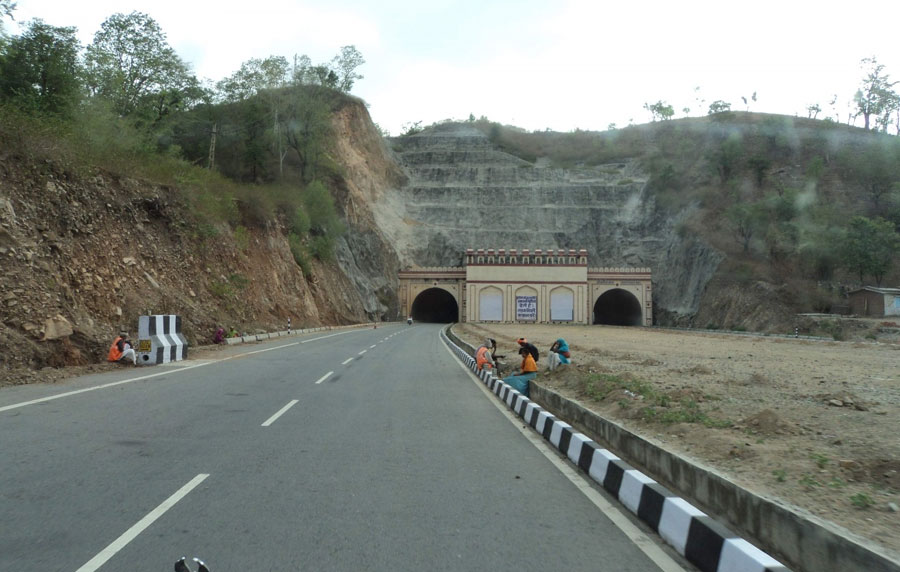
Abu Road
Although this is a totally different town, situated near the Banas River, Abu road is a must visit. It normally refers to a railway station which is located in a picturesque surrounding.
-
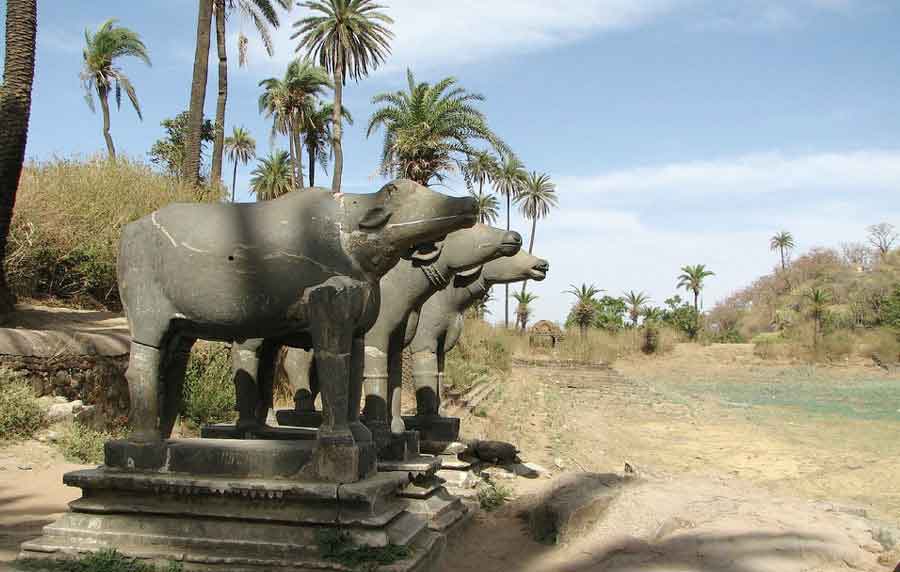
Achalgarh
The name refers to a fort and an ancient kingdom, which was originally built by the Paramara Dynasty rulers. The fort was reconstructed in 1452 by Maharana Kumbha.
-
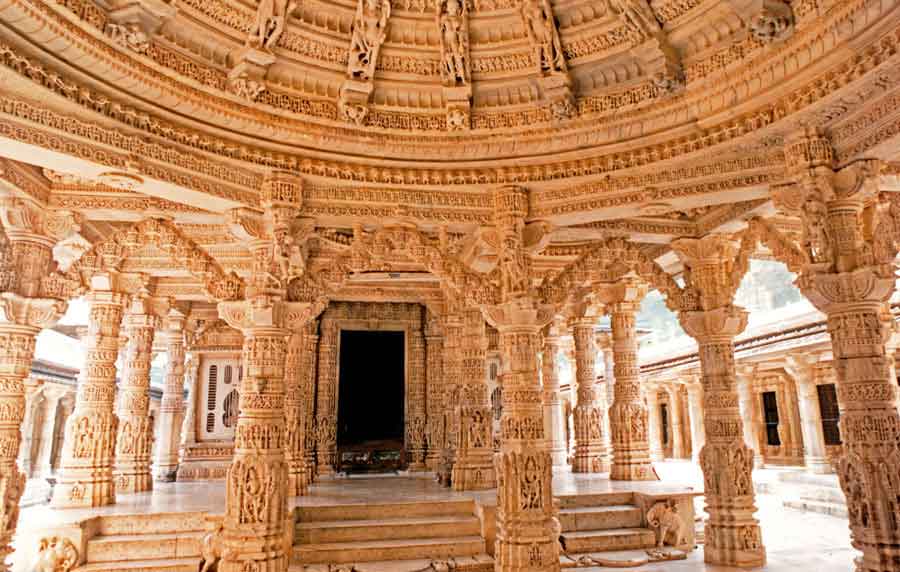
Dilwara Jain Temples
Known for their architectural splendour and exquisite stone carvings, the Dilwara temples in Rajasthan are dedicated to Jain Tirthankars. Located about 2.5 km from Mount Abu.
-
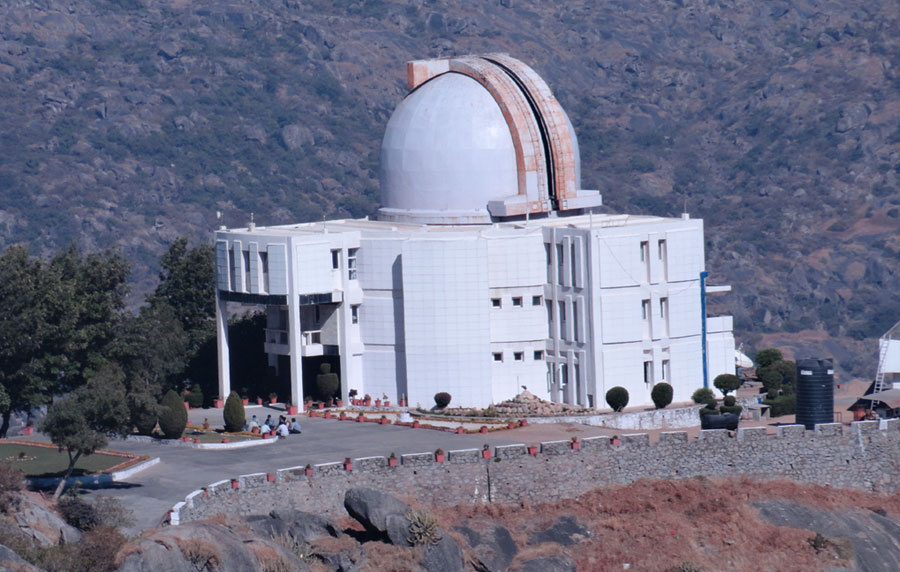
Guru Shikar
As mentioned in the prologue, Guru Shikar is the highest point in mount Abu and forms the highest point in the Aravalli mountain range. The place is perfect to get a panoramic.
-
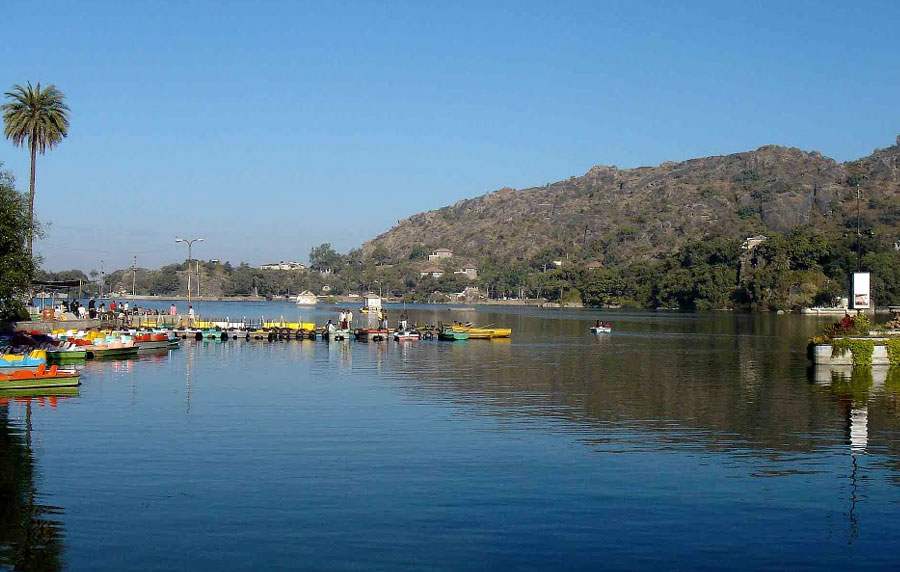
Nakki Lake
One of the most popular attractions in mount Abu, Nakki Lake is an ancient and sacred lake. According to Hindu mythology the lake was dug out by the Gods by simply using their nails.
-
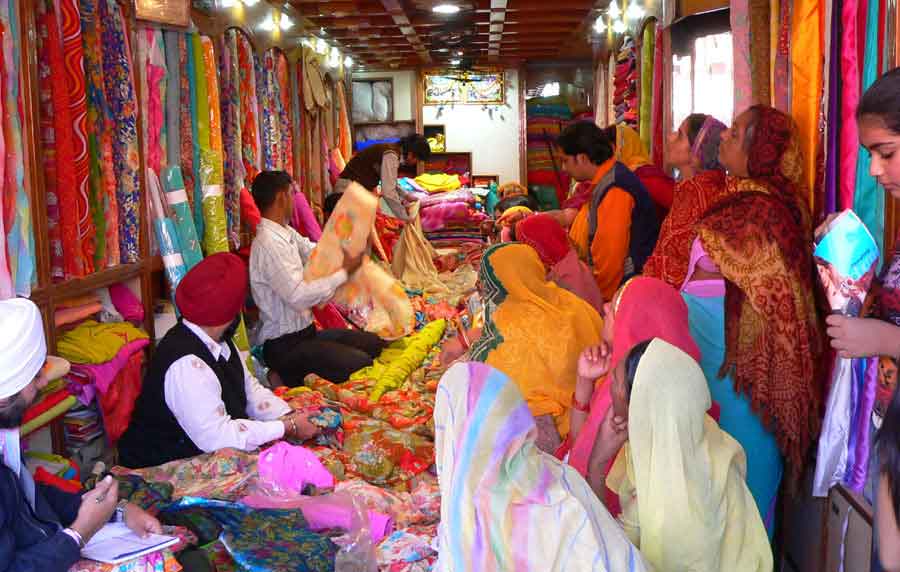
Shopping in Mount Abu
The place is famous for a number of Rajasthani and Gujarati textiles and handicrafts like Kota saris, Sanganeri prints linen, light weight Jaipuri quilt, traditional Rajasthani jewellery.
-
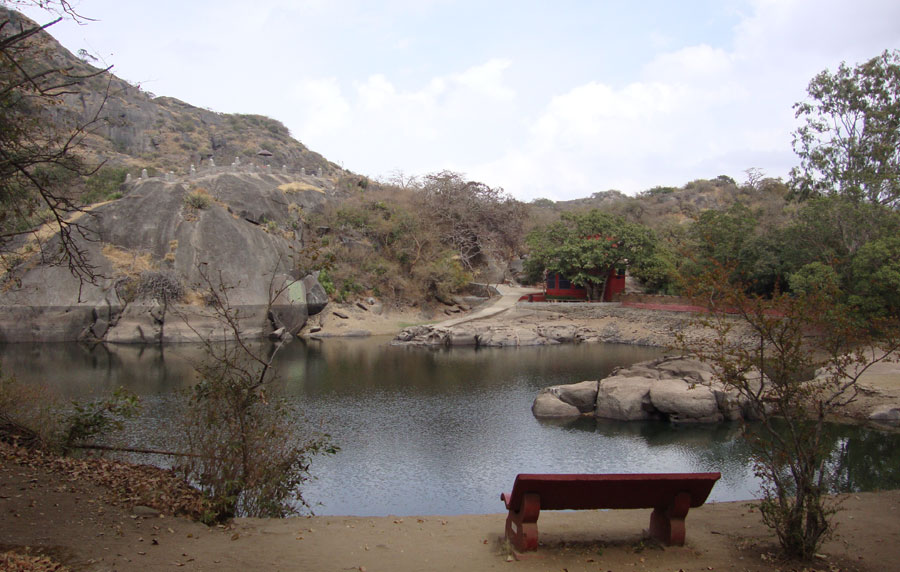
Trevor's Tank
Trevor’s tank or Trevor’s crocodile park is a man made crocodile breeding spot located 5 kilometers away from mount Abu. While it was the last place I visited there, I found it to be the most.
-
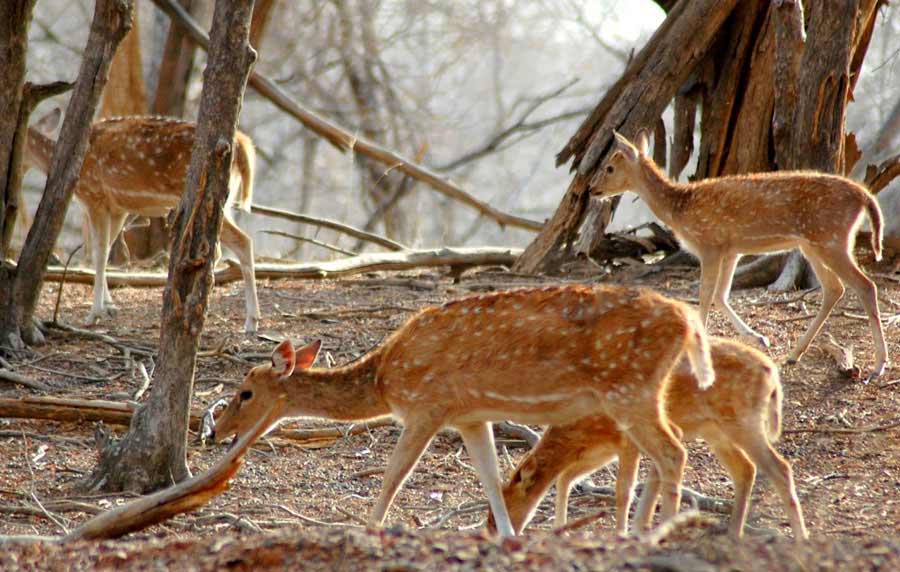
Wildlife Sanctuary
The Forest located between the Aravalli mountain range was declared as a wildlife sanctuary in 1980 and covers an area of approximately 288 sq kilometers. It is a sub tropical forest which.
Mount Abu Tour Packages
Explore the lone hill station in Rajasthan with our stand alone and mixed Mount Abu tour packages. One of the favored summer destinations in India, Mount Abu is popular not just amidst the Gujaratis and Rajasthanis but visitors from around the world.
-

Rajasthan Hot & Cool Tour
Duration : 7 Nights / 8 Days
Destinations Covered : Delhi, Jaisalmer, Jodhpur, Mount Abu, Udaipur, Delhi -
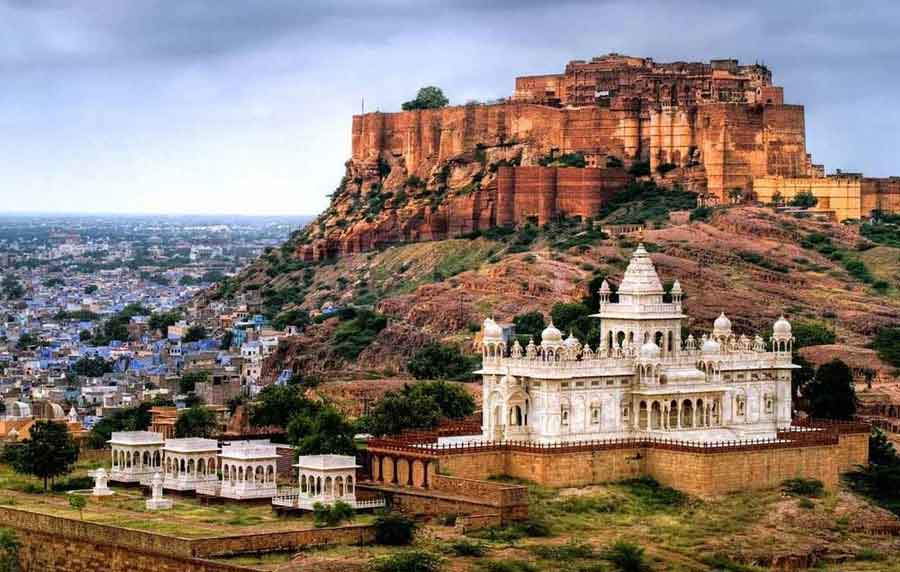
Jodhpur Mount Abu Tour
Duration : 05 Days / 04 Nights
Destination Covered : Jodhpur - Ranakpur - Udaipur - Mount Abu Tour -
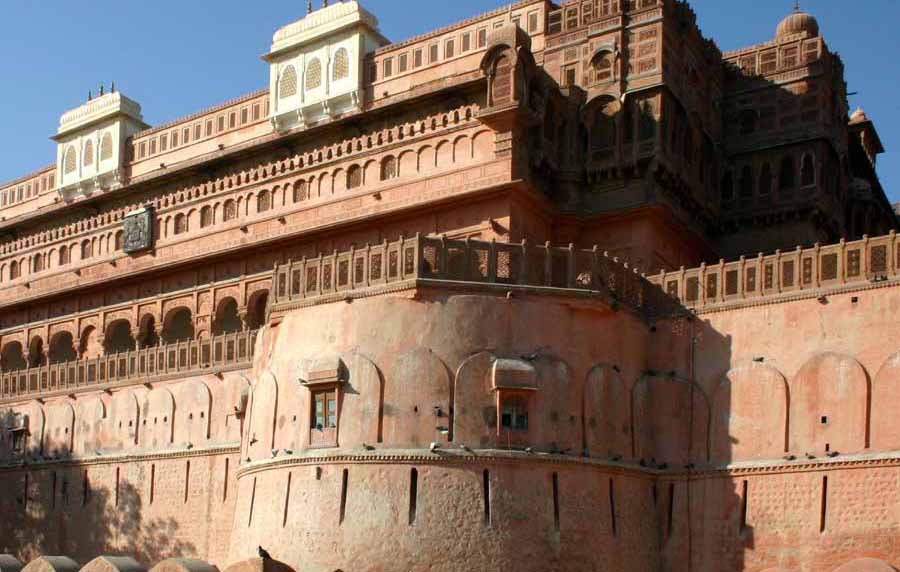
Bikaner Mount Abu Tour
Duration : 09 Days / 08 Nights
Destination Covered : Bikaner, Jaisalmer, Jodhpur, Ranakpur, Udaipur, Mount Abu -
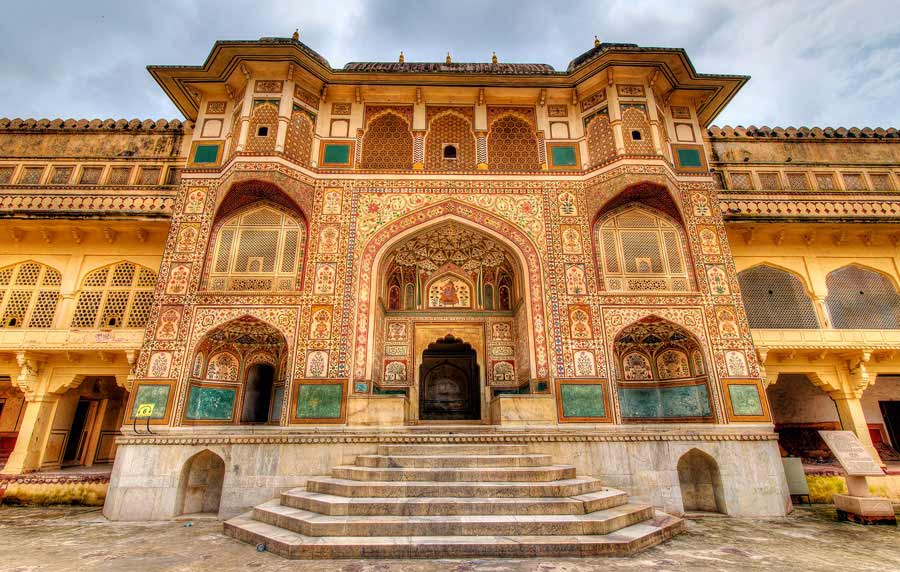
Jaipur Mount Abu Tour
Duration : 08 Days / 07 Nights
Destination Covered : Jaipur, Bikaner, Jaisalmer, Jodhpur, Mount Abu, Udaipur -
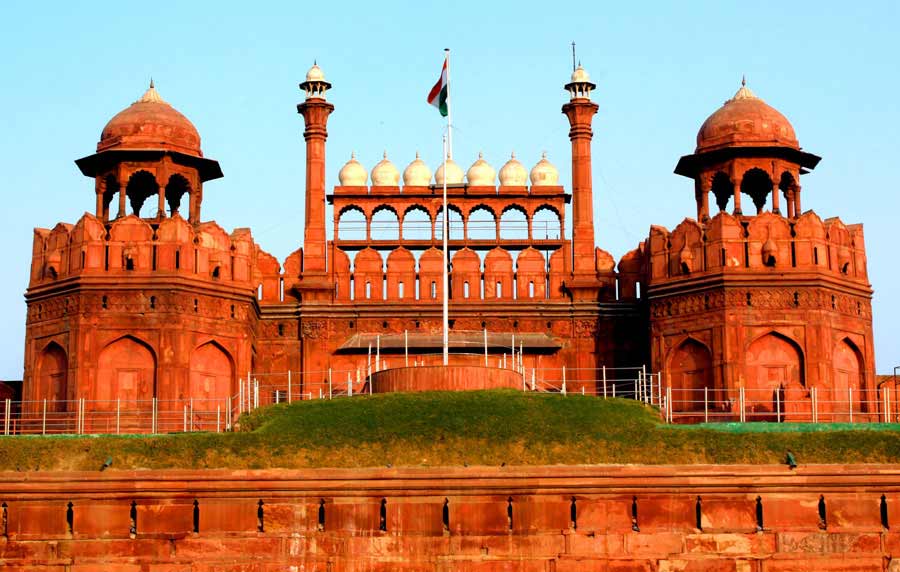
Discover Rajasthan Tour
Duration : 14 Nights / 15 Days
Places to visit : Delhi, Mandawa, Bikaner, Jaisalmer, Manwar, Luni, Mount Abu, Udaipur, Pushkar, Samode, Jaipur -
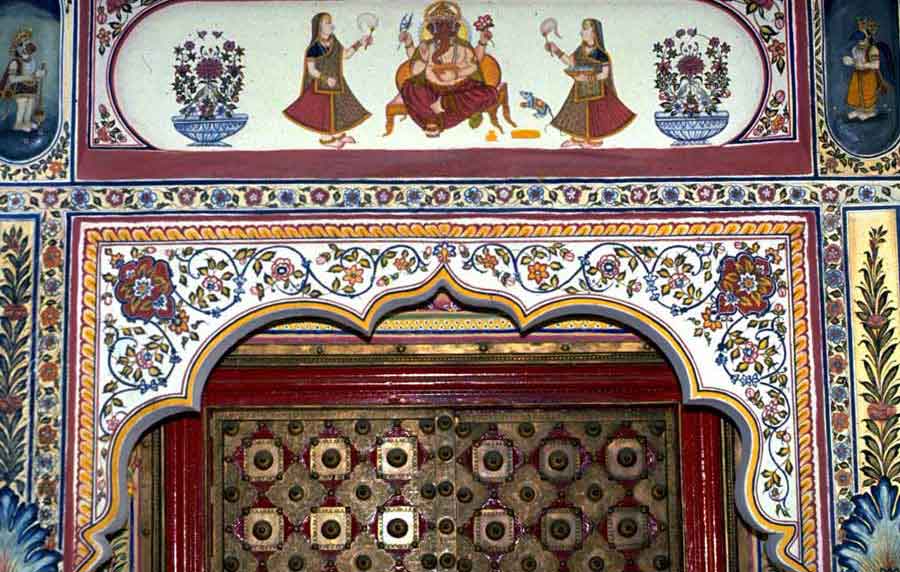
Rajasthan Cultural Tour
Duration : 10 Days / 09 Nights
Destination Covered : Jaipur, Bikaner, Jaisalmer, Pokhran, Jodhpur, Ranakpur, Mount Abu, Udaipur, Pushkar, Jaipur -
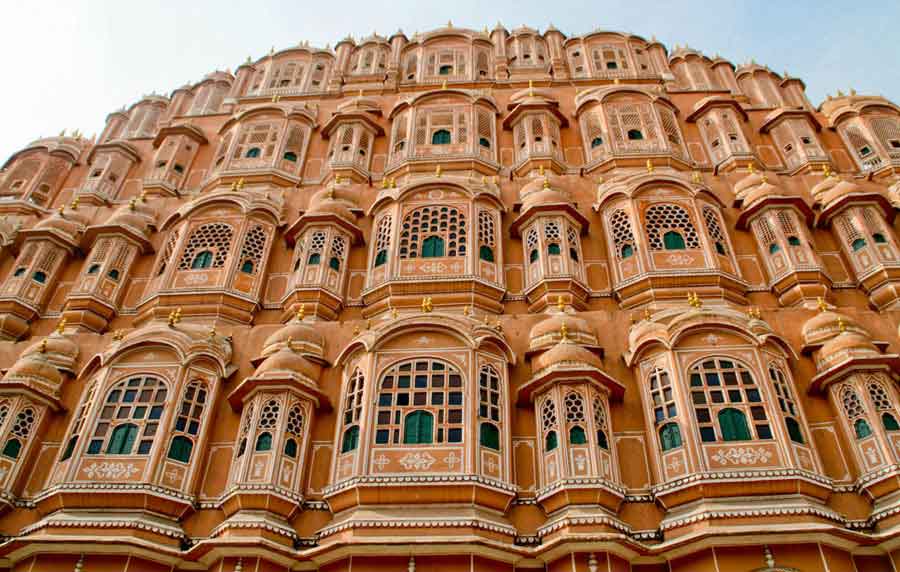
Colors of Rajasthan
Duration : 14 Night / 15 Days
Destinations covered : Delhi, Jaipur, Bikaner, Jaisalmer, Jodhpur, Mount Abu, Udaipur, Pushkar, Agra, Delhi -
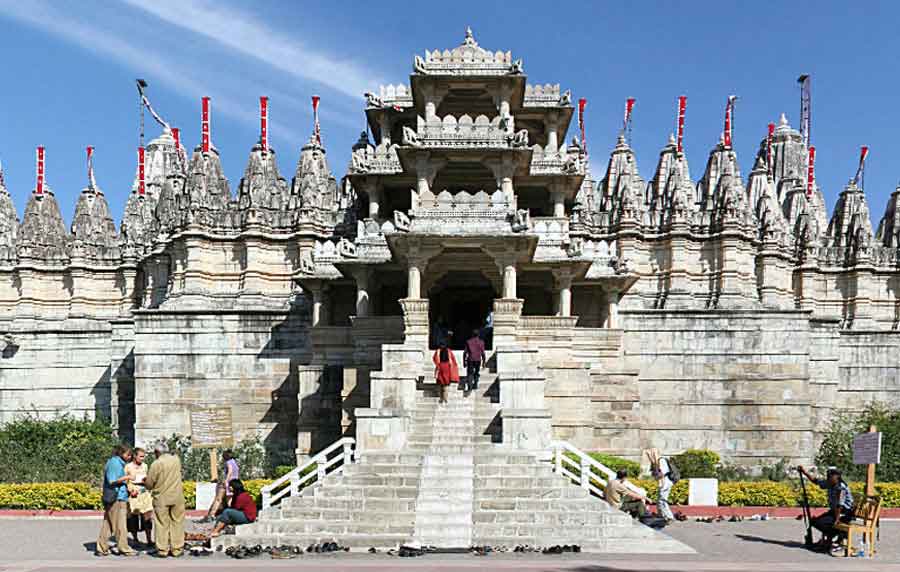
Rajasthan Holiday Tour
Duration : 16 Night / 17 Days
Destinations covered : Delhi, Mandawa, Bikaner, Jaisalmer, Jodhpur, Mount Abu, Ranakpur, Udaipur, Bundi, Jaipur, Agra

 +91 9799050299
+91 9799050299 


